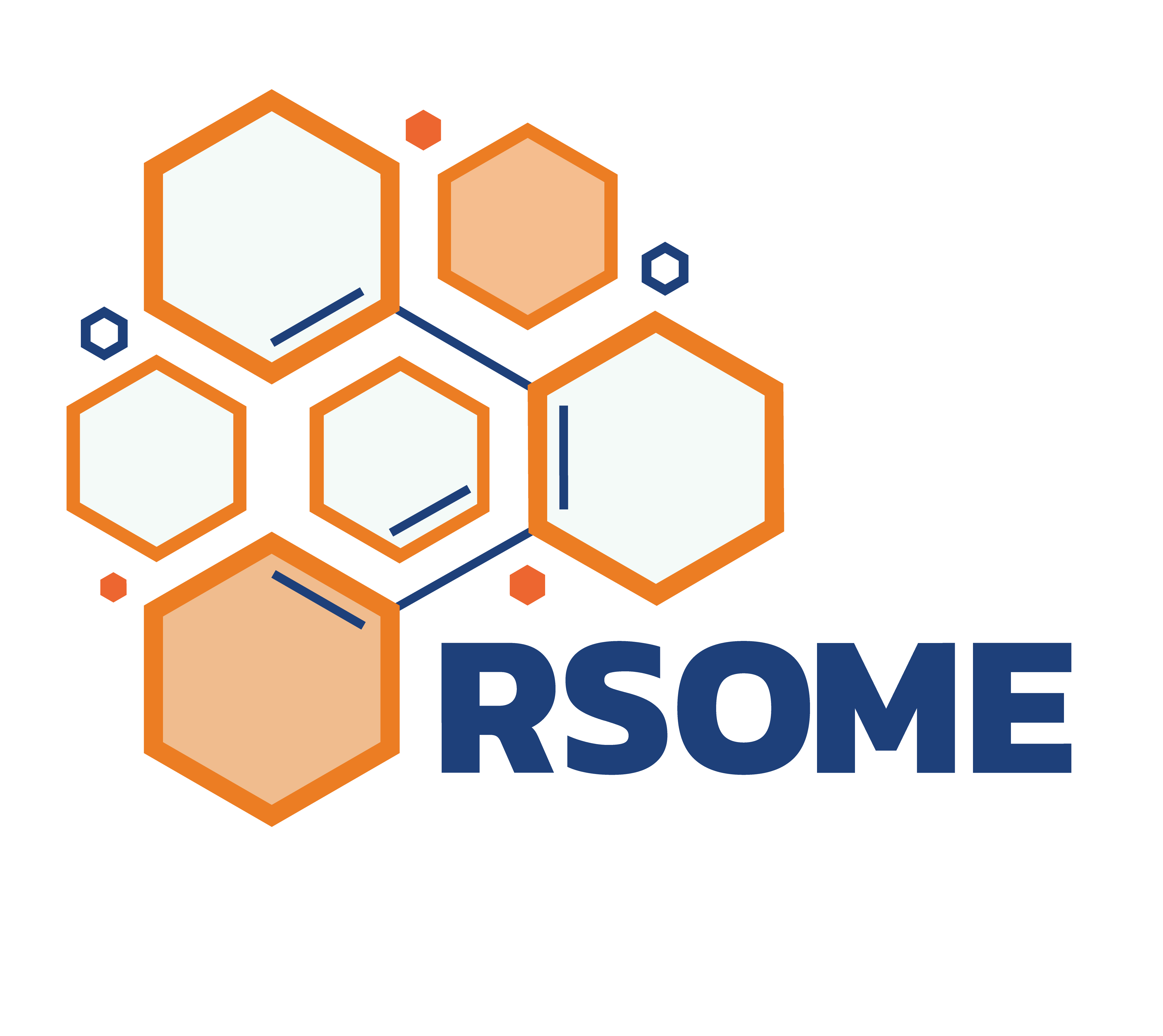
| Star | Watch | Fork |
| Home |
|---|
| User Guide |
| Examples |
| About |
Multi-Item Newsvendor Problem with Wasserstein Ambiguity Sets
In this example, we consider the multi-item newsvendor problem discussed in the paper Chen et al. (2020). This newsvendor problem determines the order quantity \(w_i\) of each of the \(I\) products under a total budget \(d\). The unit selling price and ordering cost for each product item are denoted by \(p_i\) and \(c_i\), respectively. The uncertain demand of each product item is denoted by the random variable \(\tilde{z}_i\). Once the demand realizes, the selling quantity \(y_i\) is expressed as \(\min{x_i, z_i}\), and the newsvendor problem can be written as the following distributionally robust optimization model,
\[\begin{align} \min~& -\pmb{p}^{\top}\pmb{x} + \sup\limits_{\mathbb{P}\in\mathcal{F}(\theta)}\mathbb{E}_{\mathbb{P}}\left[\pmb{p}^{\top}\pmb{y}(\tilde{s}, \tilde{\pmb{z}}, \tilde{u})\right] && \\ \text{s.t.}~&\pmb{y}(s, \pmb{z}, u) \geq \pmb{x} - \pmb{z} && \forall (\pmb{z}, \pmb{u}) \in \mathcal{Z}_s, ~\forall s \in [S] \\ & \pmb{y}(s, \pmb{z}, u) \geq \pmb{0} && \forall (\pmb{z}, \pmb{u}) \in \mathcal{Z}_s, ~\forall s \in [S]\\ & y_i \in \overline{\mathcal{A}}(\{\{1\}, \{2\}, \dots, \{S\}\}, [I+1]) &&\forall i \in [I]\\ & \pmb{c}^{\top}\pmb{x} = d, ~ \pmb{x} \geq \pmb{0} \end{align}\]with \(s\) the scenario index, and \(u\) the auxiliary random variable. The recourse decision \(y_i\) follows the approximated adaptation \(\overline{\mathcal{A}}(\{\{1\}, \{2\}, \dots, \{S\}\}, [I+1])\) indicating that \(y_i\) adapts to different scenarios \(s\) and is affinely adaptive to the random variables \(\pmb{z}\) and the auxiliary variable \(u\). The model maximizes the worst-case expectation over a Wasserstein ambiguity set \(\mathcal{F}\), expressed as follows.
\[\begin{align} \mathcal{F}(\theta) = \left\{ \mathbb{P} \in \mathcal{P}_0\left(\mathbb{R}^I\times\mathbb{R}\times [S]\right) ~\left|~ \begin{array}{ll} (\tilde{\pmb{z}}, \tilde{u}, \tilde{s}) \in \mathbb{P} &\\ \mathbb{E}_{\mathbb{P}}\left[\tilde{u} | \tilde{s} \in [S]\right] \leq \theta & \\ \mathbb{P}\left[\left.(\pmb{z}, u)\in\mathcal{Z}_s ~\right| \tilde{s} = s\right] = 1, & \forall s \in [S] \\ \mathbb{P}\left[\tilde{s} = s\right] = \frac{1}{S} & \end{array} \right. \right\} \end{align}\]with \(\theta \geq 0\) the parameter capturing the distance between the distribution \(\mathbb{P}\) and the empirical distribution \(\hat{\pmb{z}}\). The support \(\mathcal{Z}_s\) for each sample \(s\) is defined as
\[\mathcal{Z}_s = \left\{ (\pmb{z}, u): \pmb{0} \leq \pmb{z} \leq \overline{\pmb{z}}, \|\pmb{z} - \hat{\pmb{z}}_s \|_2 \leq u \right\}.\]In this numerical experiment, parameters of the model and the ambiguity set are specified as follows:
- The number of products: \(I=2\);
- Sample size: \(S=50\);
- The unit cost of each product: \(c_i=1\)
- The unit price of each product: \(p_i\) is randomly generatd from a uniform distribution on \([1, 5]\).
- The upper bound of demand: the array \(\overline{\pmb{z}}\) is randomly generated from the uniform distribution on \([0, 100]^I\);
- The sample data of demands: the array \(\hat{\pmb{z}}\in\mathbb{R}^{S\times I}\) is randomly generated from the uniform distribution on \([\pmb{0}, \overline{\pmb{u}}]\);
- The budget \(d=50 I\);
- The Wasserstein metric parameter \(\theta=0.01 \min\{\overline{\pmb{z}}\}\).
The RSOME code for implementing the model above is given as follows.
from rsome import dro
from rsome import norm
from rsome import E
from rsome import grb_solver as grb
import numpy as np
import numpy.random as rd
# model and ambiguity set parameters
I = 2
S = 50
c = np.ones(I)
d = 50 * I
p = 1 + 4*rd.rand(I)
zbar = 100 * rd.rand(I)
zhat = zbar * rd.rand(S, I)
theta = 0.01 * zbar.min()
# modeling with RSOME
model = dro.Model(S) # create a DRO model with S scenarios
z = model.rvar(I) # random demand z
u = model.rvar() # auxiliary random variable
fset = model.ambiguity() # create an ambiguity set
for s in range(S):
fset[s].suppset(0 <= z, z <= zbar,
norm(z - zhat[s]) <= u) # define the support for each scenario
fset.exptset(E(u) <= theta) # the Wasserstein metric constraint
pr = model.p # an array of scenario probabilities
fset.probset(pr == 1/S) # support of scenario probabilities
x = model.dvar(I) # define first-stage decisions
y = model.dvar(I) # define decision rule variables
y.adapt(z) # y affinely adapts to z
y.adapt(u) # y affinely adapts to u
for s in range(S):
y.adapt(s) # y adapts to each scenario s
model.minsup(-p@x + E(p@y), fset) # worst-case expectation over fset
model.st(y >= 0) # constraints
model.st(y >= x - z) # constraints
model.st(x >= 0) # constraints
model.st(c@x == d) # constraints
model.solve(grb) # solve the model by Gurobi
Being solved by Gurobi...
Solution status: 2
Running time: 0.0271s
Reference
Chen, Zhi, Melvyn Sim, Peng Xiong. 2020. Robust stochastic optimization made easy with RSOME. Management Science 66(8) 3329–3339.